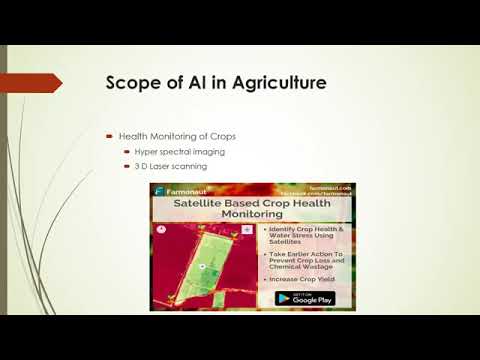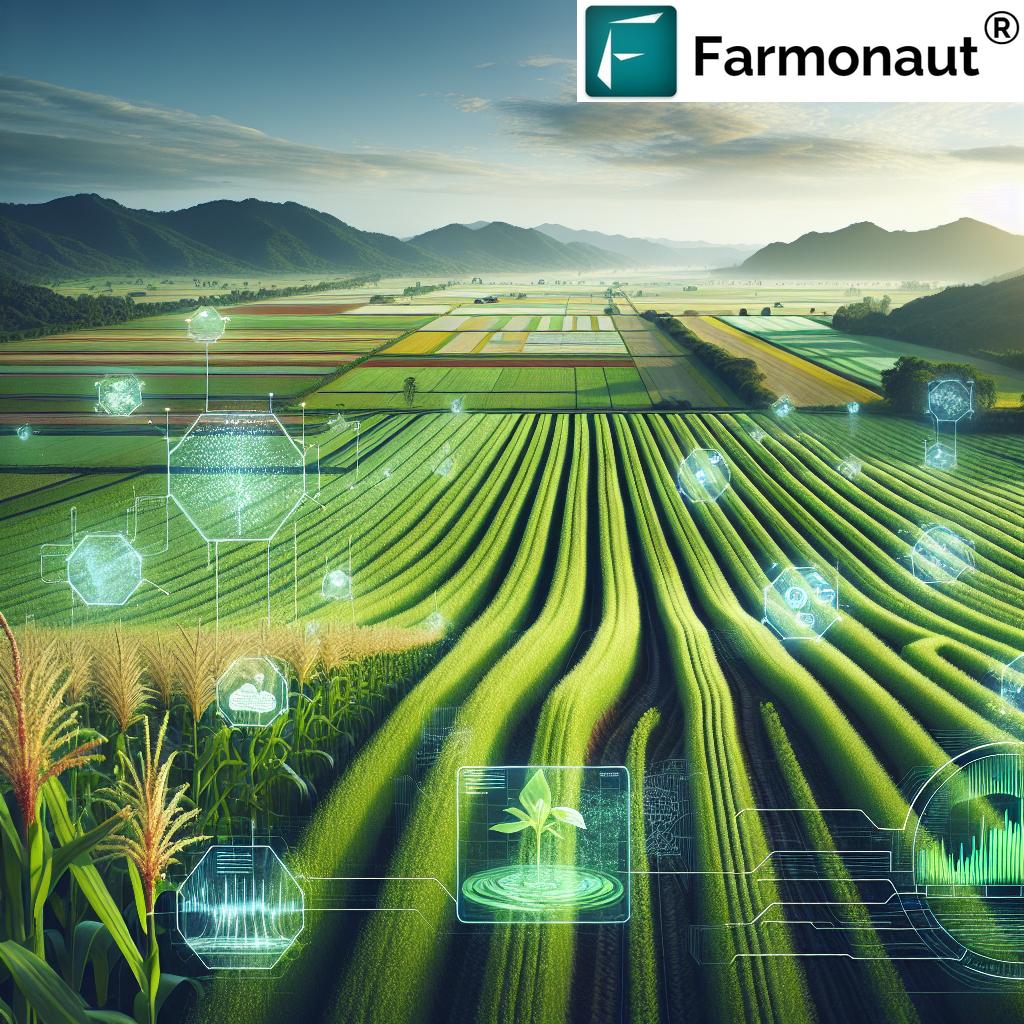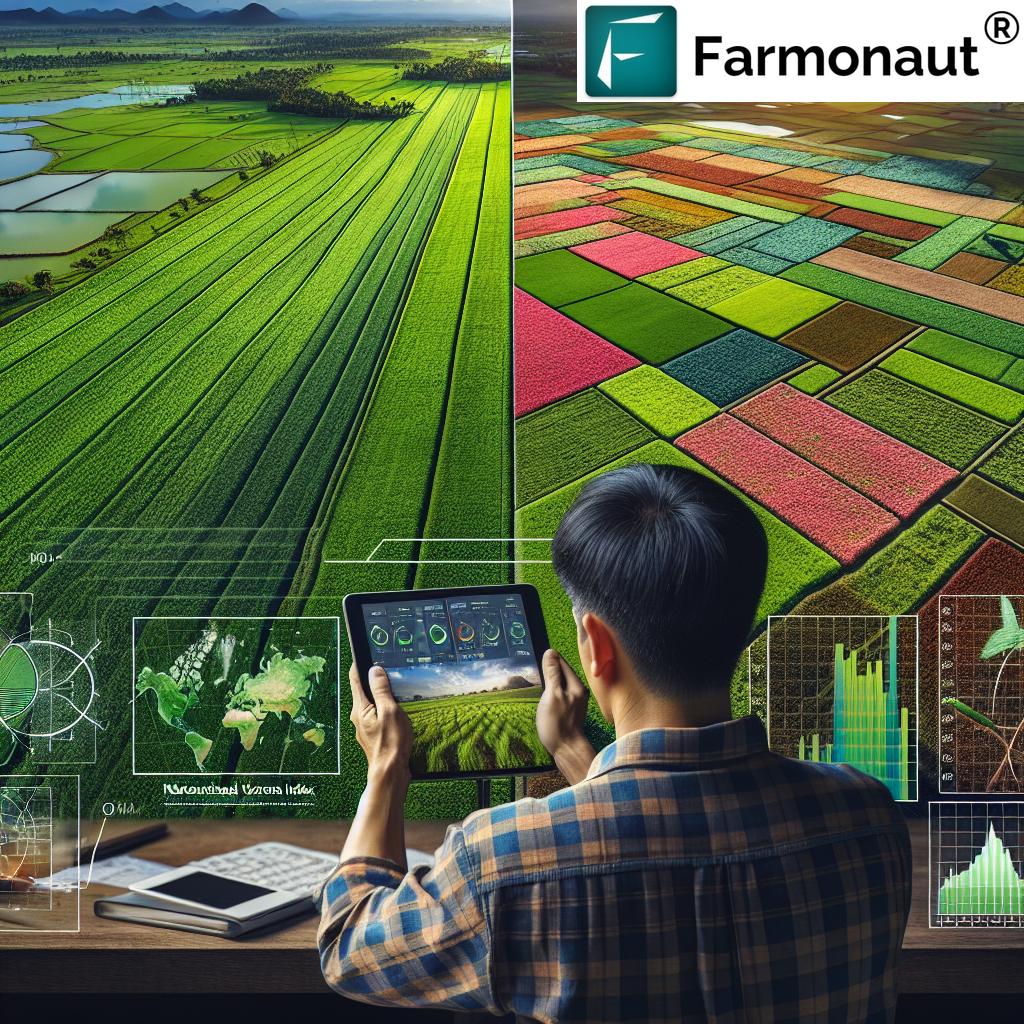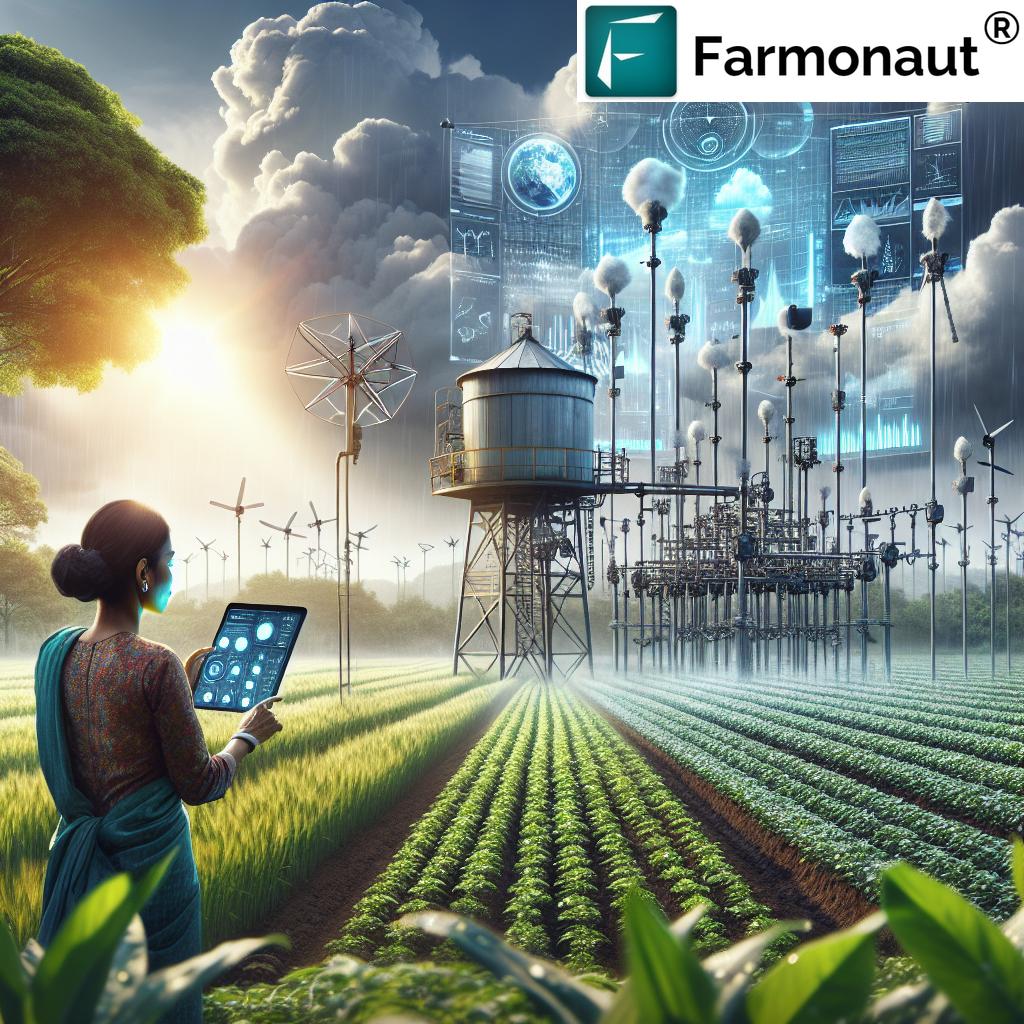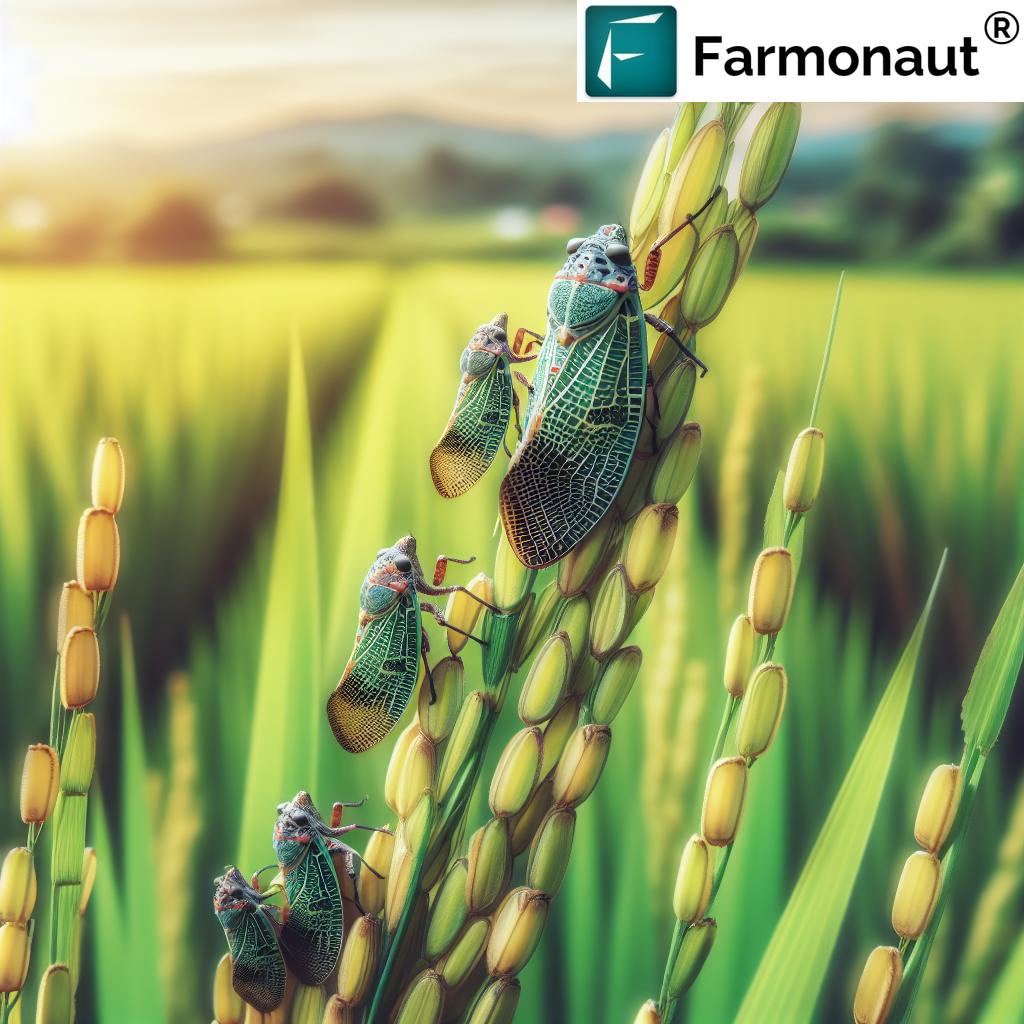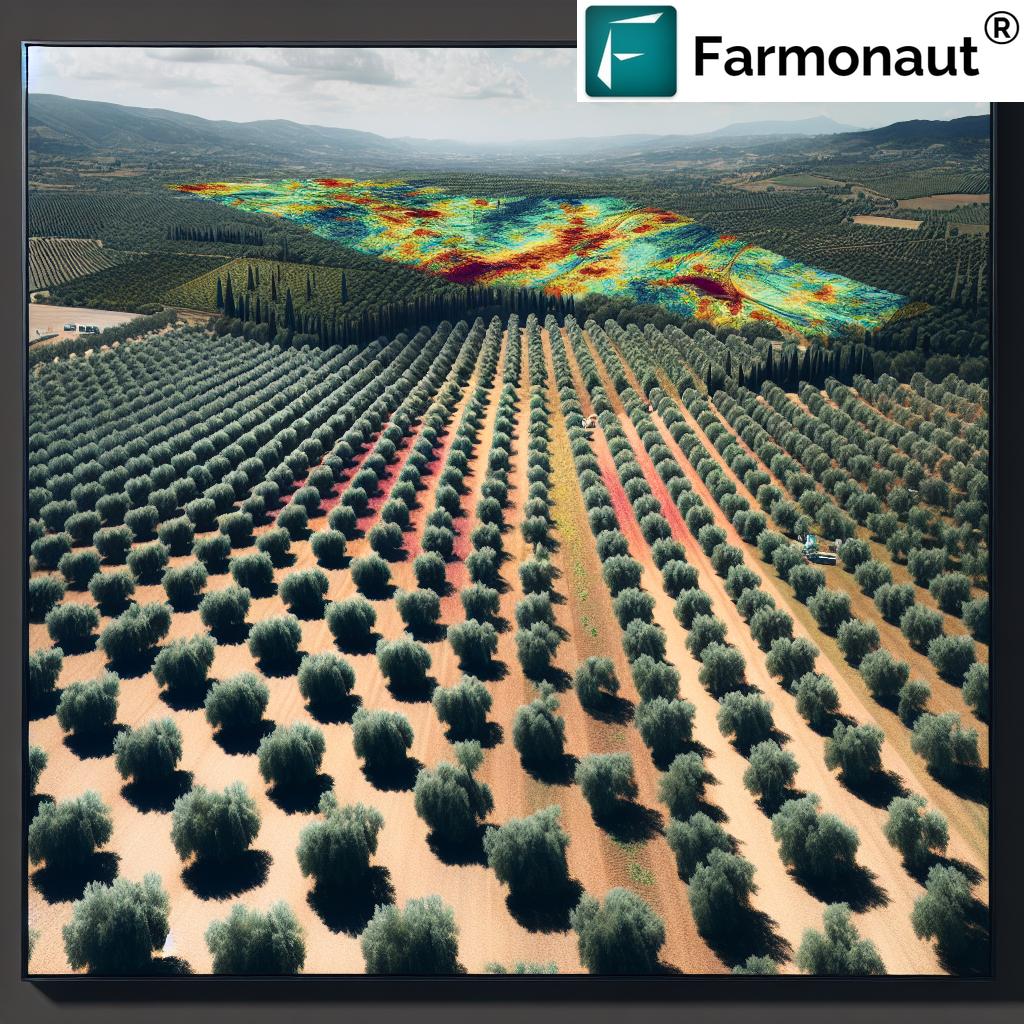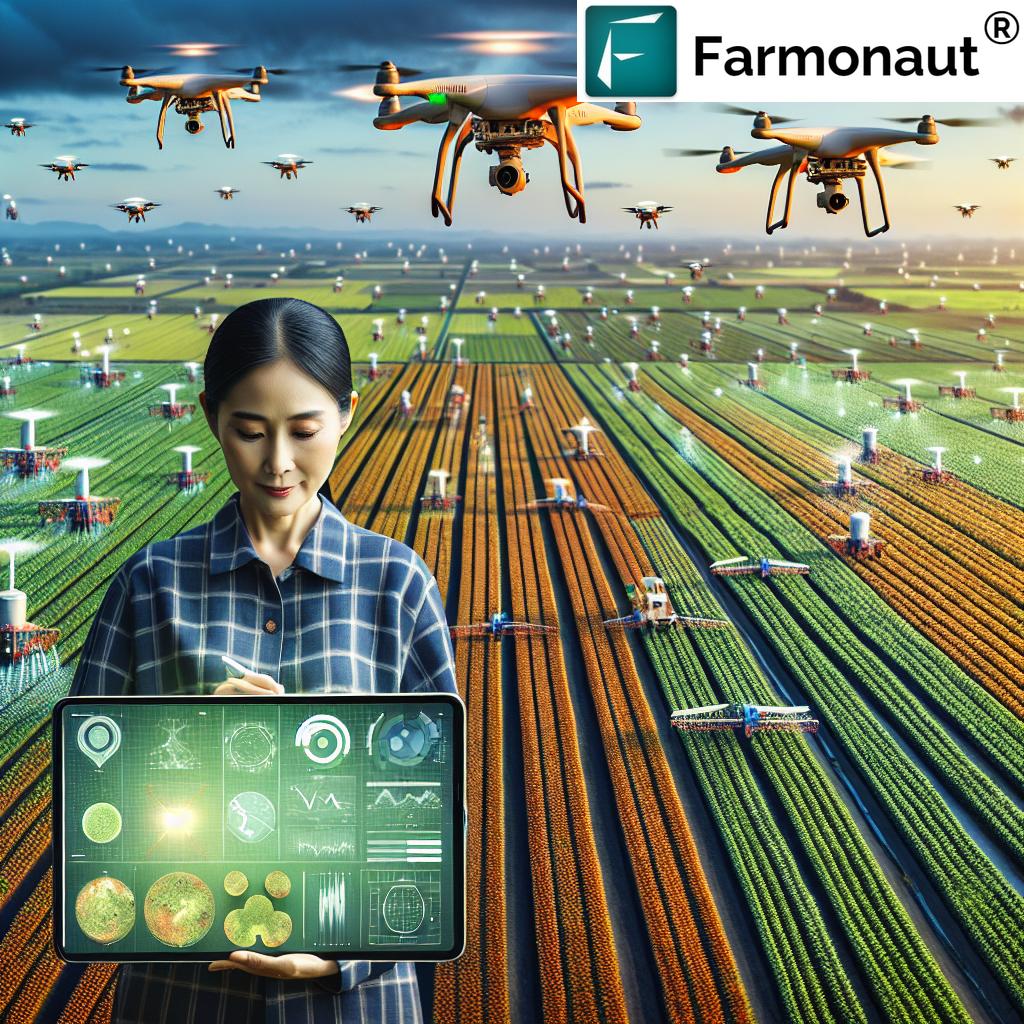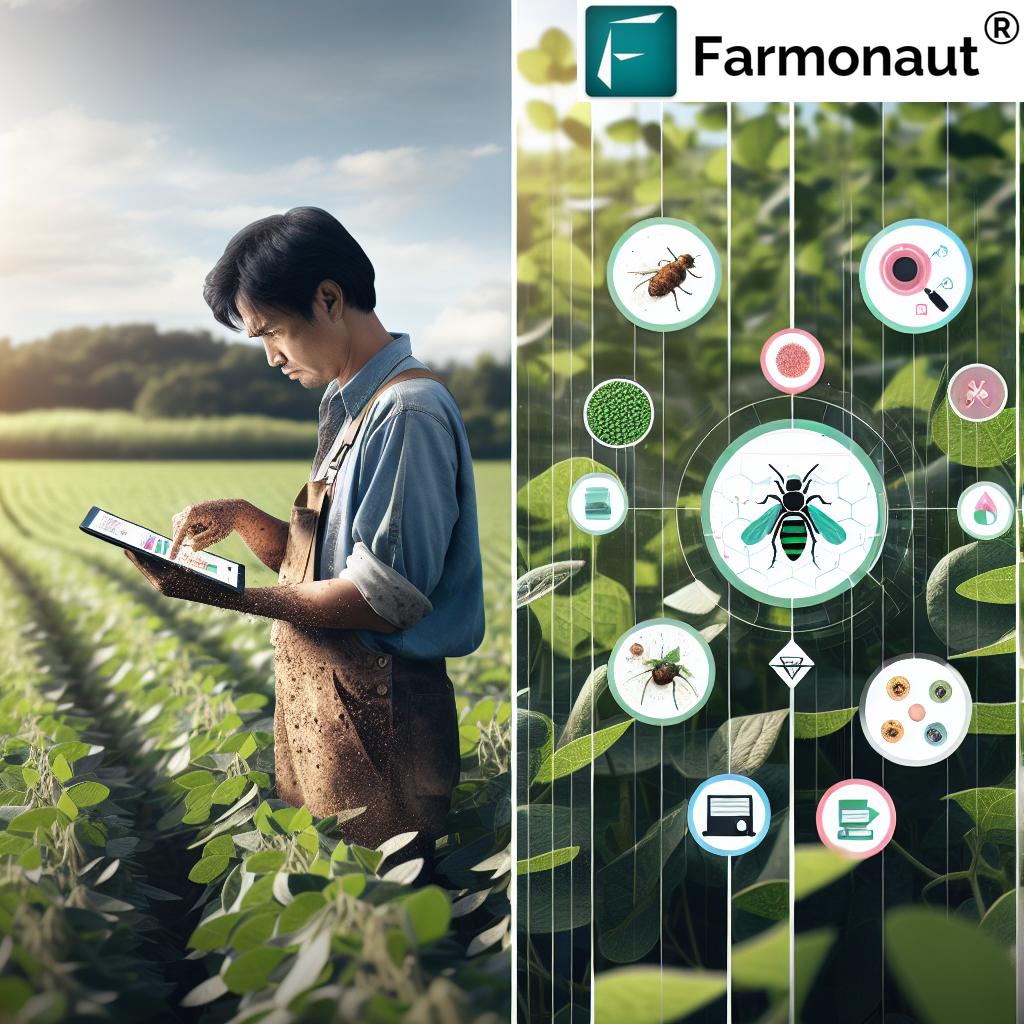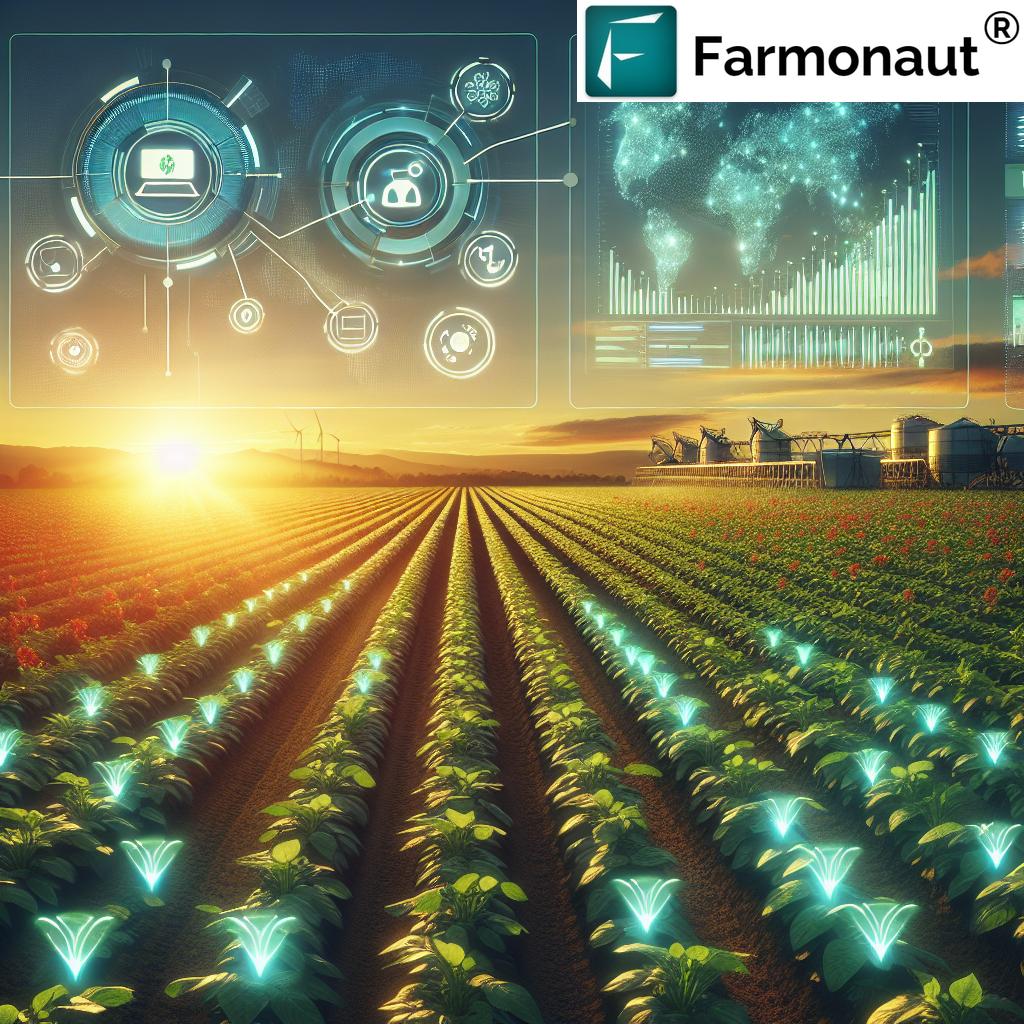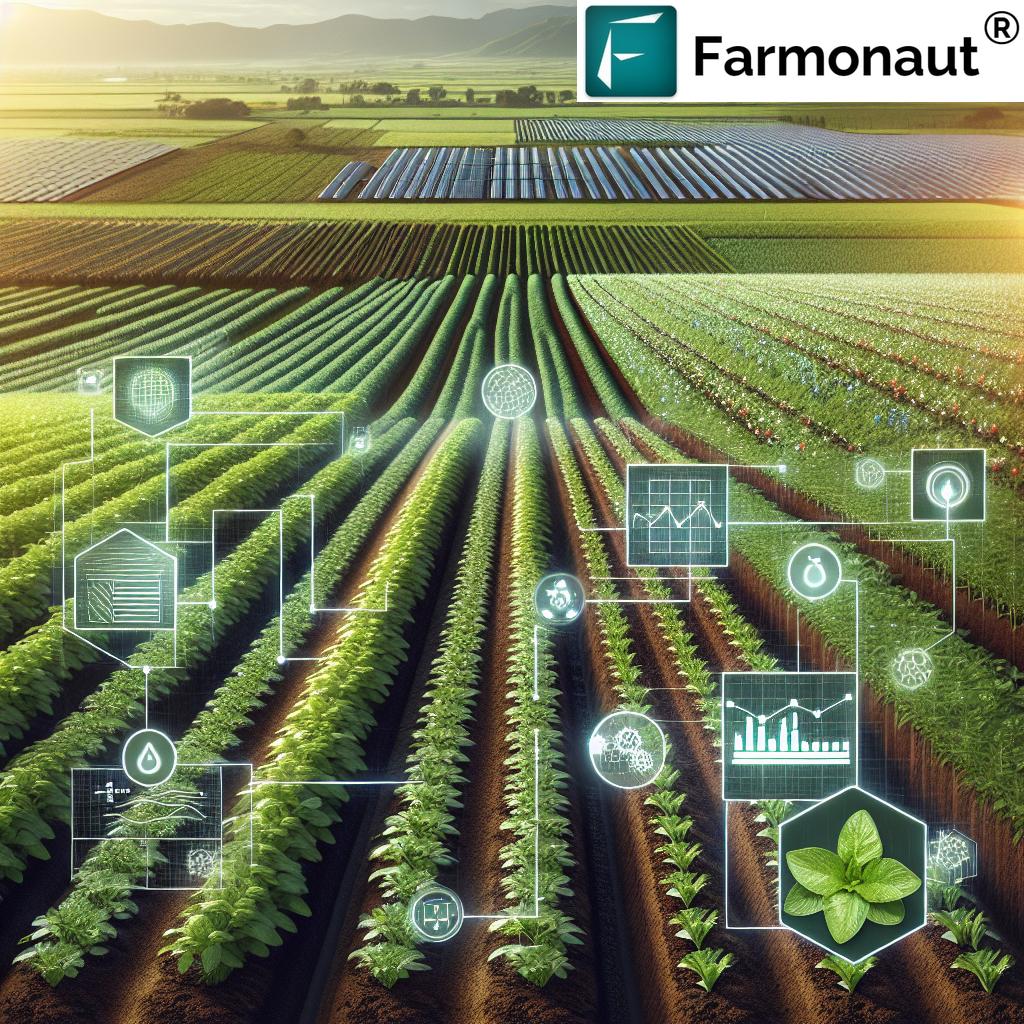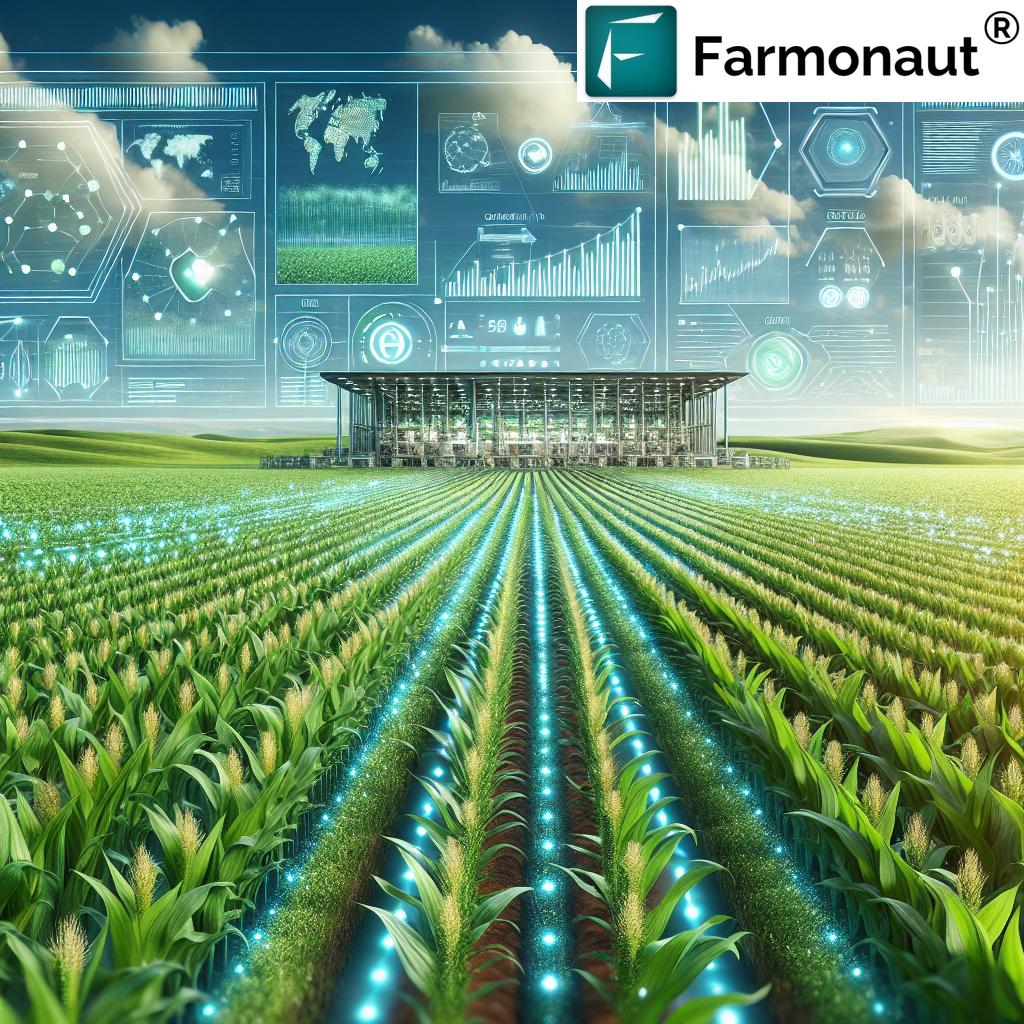Global Greenhouse Market Forecast: Sustainable Agriculture Technologies Drive 9.9% CAGR Growth by 2031
“The global greenhouse market is projected to reach USD 59.64 billion by 2031, growing at a CAGR of 9.9%.”
In the ever-evolving landscape of agriculture, we are witnessing a remarkable transformation driven by sustainable technologies and innovative farming practices. At the forefront of this agricultural revolution is the burgeoning greenhouse market, which is poised for unprecedented growth in the coming years. As we delve into the intricate details of this exciting forecast, we’ll explore how controlled environment agriculture and precision farming innovations are reshaping the industry, ensuring food security, and paving the way for a more sustainable future.
The Greenhouse Market: A Booming Sector
The global greenhouse market is on an impressive trajectory, with projections indicating a robust compound annual growth rate (CAGR) of 9.9% from 2024 to 2031. This remarkable growth is expected to propel the market to an estimated value of USD 59.64 billion by 2031, as reported by SkyQuest. Such a substantial increase underscores the pivotal role that greenhouse technologies are playing in addressing global food security challenges and enhancing agricultural productivity.

Drivers of Growth in the Greenhouse Market
Several key factors are fueling the exponential growth of the greenhouse market:
- Global Population Growth: With the world’s population expected to reach 9.7 billion by 2050, the demand for food is skyrocketing, necessitating more efficient and productive farming methods.
- Climate Change Mitigation: Greenhouses offer a controlled environment that can shield crops from the unpredictable effects of climate change, ensuring more stable food production.
- Technological Advancements: Innovations in smart greenhouse systems, IoT integration, and precision agriculture are revolutionizing crop management and yield optimization.
- Sustainable Practices: The growing emphasis on sustainable agriculture is driving the adoption of greenhouse technologies that minimize resource use and environmental impact.
- Urbanization: As arable land decreases due to urban expansion, vertical farming and greenhouse cultivation in urban areas are becoming increasingly important.
These drivers are not only shaping the greenhouse market but are also transforming the broader agricultural landscape. Companies like Farmonaut are at the forefront of this transformation, offering innovative solutions that leverage satellite technology and AI to enhance farm management and productivity.
Regional Trends in Greenhouse Adoption
The adoption of greenhouse technologies varies significantly across different regions, each with its unique drivers and challenges:
| Region | Estimated Market Value by 2031 (USD billions) | Projected CAGR (%) | Key Driving Factors |
|---|---|---|---|
| North America | 18.5 | 10.2 | Advanced agricultural practices, technological innovation |
| Europe | 16.7 | 9.8 | Sustainable farming initiatives, strict regulations |
| Asia-Pacific | 20.2 | 11.5 | Rapid adoption of smart systems, government support |
| Rest of World | 4.24 | 8.1 | Increasing food security concerns, climate resilience |
North America and Europe: Leaders in Advanced Agricultural Practices
North America and Europe continue to lead the greenhouse market, driven by their advanced agricultural technologies and strong emphasis on sustainable farming practices. In these regions, we’re seeing a surge in the adoption of high-tech greenhouses that incorporate automation, AI-driven climate control, and precision nutrient management systems.
Asia-Pacific: Rapid Growth and Innovation
The Asia-Pacific region is experiencing the fastest growth in the greenhouse market, with countries like China and Japan at the forefront. This rapid expansion is fueled by the need to overcome limited arable land and challenging environmental conditions. The region is witnessing a boom in vertical farming and smart greenhouse systems, supported by government initiatives and increasing private sector investments.
Middle East and Africa: Addressing Food Security Challenges
In the Middle East and Africa, greenhouse technologies are gaining traction as a solution to food security challenges posed by harsh climatic conditions and water scarcity. Countries in these regions are investing in climate-controlled greenhouses and innovative water conservation techniques to boost local food production.
Technological Innovations Driving the Market
“Plastic greenhouses dominate the market, contributing significantly to the industry’s projected 59.64 billion USD value by 2031.”
The greenhouse market is witnessing a surge in technological innovations that are revolutionizing crop cultivation and management:
- IoT Integration: Internet of Things (IoT) devices are being increasingly integrated into greenhouse systems, allowing for real-time monitoring and control of environmental conditions.
- AI and Machine Learning: Artificial Intelligence and machine learning algorithms are being employed to optimize crop growth, predict yields, and manage resources more efficiently.
- Robotics and Automation: Robotic systems are being developed for tasks such as planting, harvesting, and pest control, reducing labor costs and increasing efficiency.
- Advanced Materials: New greenhouse covering materials with enhanced light transmission and thermal properties are improving energy efficiency and crop yields.
These technological advancements are not only improving productivity but also making greenhouse farming more sustainable and accessible. Tools like Farmonaut’s API are enabling developers and businesses to integrate cutting-edge satellite and weather data into their agricultural systems, further enhancing the capabilities of modern greenhouses.
The Dominance of Plastic Greenhouses
While various materials are used in greenhouse construction, plastic greenhouses are expected to dominate the market in the coming years. This dominance can be attributed to several factors:
- Cost-effectiveness: Plastic greenhouses are generally more affordable to construct and maintain compared to glass alternatives.
- Durability: Modern plastic materials offer excellent durability and resistance to environmental factors.
- Light Transmission: Advanced plastic films provide optimal light transmission for plant growth while offering better heat retention.
- Flexibility: Plastic greenhouses can be easily modified or expanded to meet changing needs.
The prevalence of plastic greenhouses is particularly notable in developing nations, where their cost-effectiveness and versatility make them an attractive option for farmers looking to increase their productivity.

The Rise of Flowers and Ornamentals
Within the greenhouse market, the flowers and ornamentals segment is poised for rapid growth. This trend is driven by several factors:
- Increasing Demand: There’s a growing global demand for cut flowers and ornamental plants, both for personal consumption and commercial use.
- Year-round Production: Greenhouses enable the production of flowers and ornamentals throughout the year, regardless of outdoor climate conditions.
- Quality Control: Controlled environments allow for better management of pests and diseases, resulting in higher quality products.
- Market Opportunities: The floriculture industry offers high-value crops and diverse market opportunities for greenhouse operators.
The growth in this segment is further supported by the increasing popularity of home gardening and the rising demand for sustainable, locally-grown flowers.
Challenges and Opportunities in the Greenhouse Market
While the greenhouse market presents significant opportunities, it also faces several challenges:
Challenges:
- High Initial Costs: The initial investment required for setting up a modern greenhouse can be substantial, potentially deterring smaller farmers.
- Energy Consumption: Traditional greenhouses can be energy-intensive, leading to high operational costs and environmental concerns.
- Skilled Labor Requirements: Operating advanced greenhouse systems requires specialized knowledge and skills, which may be in short supply in some regions.
- Water Management: Efficient water use remains a challenge, especially in water-scarce regions.
Opportunities:
- Sustainable Technologies: The development of energy-efficient and water-conserving greenhouse technologies presents significant opportunities for innovation and market growth.
- Vertical Integration: There’s potential for greenhouse operators to integrate vertically, controlling the entire supply chain from production to retail.
- Urban Farming: The growth of urban and peri-urban agriculture opens new markets for greenhouse technologies in densely populated areas.
- Data-Driven Agriculture: The integration of data analytics and AI in greenhouse management offers opportunities for increased efficiency and productivity.
Companies like Farmonaut are addressing these challenges and opportunities by providing innovative solutions that leverage satellite technology and AI to enhance farm management and productivity. Their API Developer Docs offer valuable resources for integrating advanced agricultural data into existing systems.
The Role of Technology in Greenhouse Management
Technology plays a crucial role in modern greenhouse management, offering solutions that enhance efficiency, productivity, and sustainability:
- Climate Control Systems: Advanced climate control systems use sensors and automation to maintain optimal growing conditions, adjusting temperature, humidity, and CO2 levels in real-time.
- Precision Irrigation: Smart irrigation systems use data from soil moisture sensors and weather forecasts to optimize water usage, reducing waste and improving crop health.
- LED Lighting: Energy-efficient LED lighting systems can be tailored to specific crop needs, enhancing growth and extending growing seasons.
- Crop Monitoring: AI-powered imaging systems can detect early signs of pest infestations or nutrient deficiencies, allowing for prompt intervention.
These technological advancements are not only improving the efficiency of greenhouse operations but also making them more sustainable and environmentally friendly. Tools like  and
and  are making these advanced technologies accessible to farmers of all scales, democratizing access to precision agriculture.
are making these advanced technologies accessible to farmers of all scales, democratizing access to precision agriculture.
The Future of Greenhouse Farming
As we look towards the future, several trends are likely to shape the evolution of greenhouse farming:
- Vertical Integration: We expect to see more greenhouse operators integrating vertically, controlling everything from seed production to retail distribution.
- Circular Economy Models: Greenhouse operations will increasingly adopt circular economy principles, minimizing waste and maximizing resource efficiency.
- Hybrid Systems: The integration of greenhouse technologies with outdoor farming practices will create hybrid systems that maximize productivity and resilience.
- AI-Driven Automation: Artificial Intelligence will play an increasingly central role in greenhouse management, from climate control to crop selection and harvest timing.
These trends point towards a future where greenhouse farming is not only more productive but also more sustainable and resilient to environmental challenges.
The Impact of Greenhouse Technologies on Global Food Security
The growth of the greenhouse market has significant implications for global food security:
- Increased Productivity: Greenhouse technologies can significantly increase crop yields per unit area, helping to meet the growing global demand for food.
- Year-round Production: By creating controlled environments, greenhouses enable year-round production of crops, reducing seasonal fluctuations in food availability.
- Climate Resilience: Greenhouses provide a buffer against the impacts of climate change on agriculture, ensuring more stable food production.
- Resource Efficiency: Advanced greenhouse systems optimize the use of water, energy, and nutrients, making food production more sustainable.
As these technologies continue to evolve and become more accessible, they have the potential to transform global food systems, making them more resilient, sustainable, and capable of meeting the nutritional needs of a growing world population.
Conclusion: A Green Revolution in Agriculture
The projected growth of the greenhouse market to USD 59.64 billion by 2031, with a CAGR of 9.9%, signals a transformative period in agriculture. This growth is driven by the urgent need for food security, advancements in sustainable agriculture technologies, and the increasing adoption of controlled environment agriculture.
As we’ve explored, the greenhouse market is not just about increasing production; it’s about reimagining agriculture for a sustainable future. From the dominance of plastic greenhouses to the rise of smart technologies and IoT integration, every aspect of this market is evolving to meet the challenges of feeding a growing global population in the face of climate change and resource constraints.
The regional variations in market growth, with Asia-Pacific showing particularly rapid adoption, highlight the global nature of this agricultural transformation. Meanwhile, the challenges facing the sector, from initial investment costs to the need for skilled labor, present opportunities for innovation and collaboration across the industry.
As we look to the future, it’s clear that greenhouse technologies will play a crucial role in shaping sustainable, resilient, and productive agricultural systems. By embracing these innovations and continuing to push the boundaries of what’s possible in controlled environment agriculture, we can work towards a future where food security is assured, and agriculture is in harmony with the environment.
The greenhouse market’s growth is not just a trend; it’s a necessity-driven evolution of agriculture. As we continue to innovate and adapt, the potential for creating a more sustainable and food-secure world becomes increasingly tangible. The future of farming is here, and it’s growing under glass.
FAQ Section
- What is driving the growth of the greenhouse market?
The growth is primarily driven by increasing global population, climate change mitigation efforts, technological advancements in smart greenhouse systems, emphasis on sustainable agriculture, and urbanization leading to decreased arable land. - How large is the greenhouse market expected to be by 2031?
The global greenhouse market is projected to reach USD 59.64 billion by 2031, growing at a CAGR of 9.9% from 2024 to 2031. - Which region is expected to see the fastest growth in the greenhouse market?
The Asia-Pacific region is anticipated to experience the fastest growth, driven by rapid adoption of smart greenhouse systems and strong government support. - What are some key technological innovations in the greenhouse market?
Key innovations include IoT integration, AI and machine learning for crop management, robotics and automation for tasks like planting and harvesting, and advanced materials for greenhouse construction. - Why are plastic greenhouses dominating the market?
Plastic greenhouses are popular due to their cost-effectiveness, durability, excellent light transmission properties, and flexibility in construction and modification. - What challenges does the greenhouse market face?
Major challenges include high initial investment costs, energy consumption concerns, the need for skilled labor, and water management issues, especially in water-scarce regions. - How do greenhouse technologies contribute to global food security?
Greenhouse technologies enhance food security by increasing crop productivity, enabling year-round production, providing climate resilience, and optimizing resource use in agriculture. - What role does AI play in modern greenhouse management?
AI is crucial in optimizing crop growth, predicting yields, managing resources efficiently, and enabling real-time monitoring and control of environmental conditions in greenhouses. - How are urban farming trends impacting the greenhouse market?
Urban farming trends are creating new opportunities for greenhouse technologies in densely populated areas, driving innovation in vertical farming and compact greenhouse designs. - What future trends are expected in greenhouse farming?
Future trends include vertical integration of greenhouse operations, adoption of circular economy models, development of hybrid farming systems combining greenhouse and outdoor techniques, and increased use of AI-driven automation.
Explore Farmonaut’s Innovative Solutions
As we’ve seen, technology plays a crucial role in the future of greenhouse farming and sustainable agriculture. Farmonaut offers cutting-edge solutions that can help farmers, agronomists, and agricultural businesses leverage the power of satellite technology and AI to enhance their operations. Explore our offerings:
By leveraging Farmonaut’s advanced technologies, you can take your agricultural practices to the next level, ensuring sustainable growth and productivity in line with the evolving greenhouse market trends.





